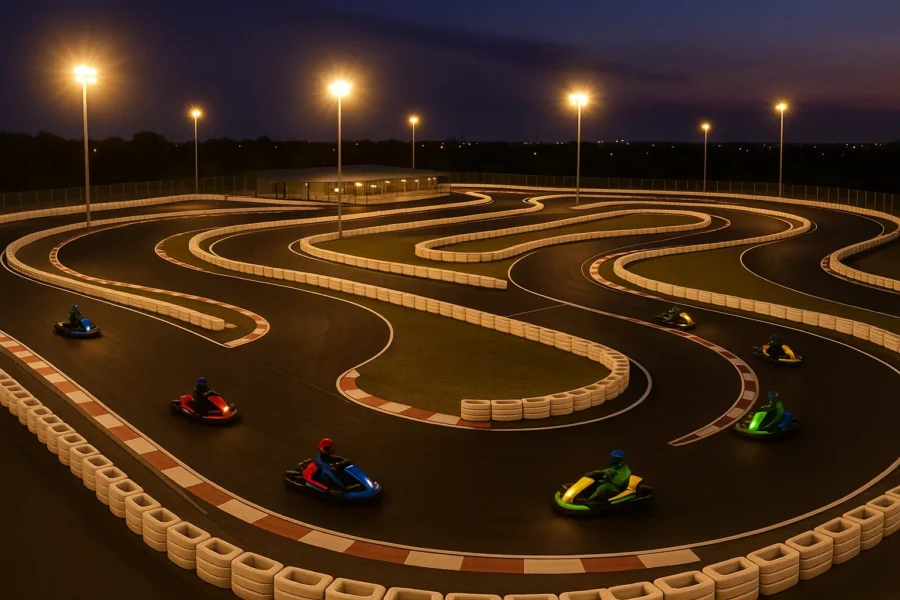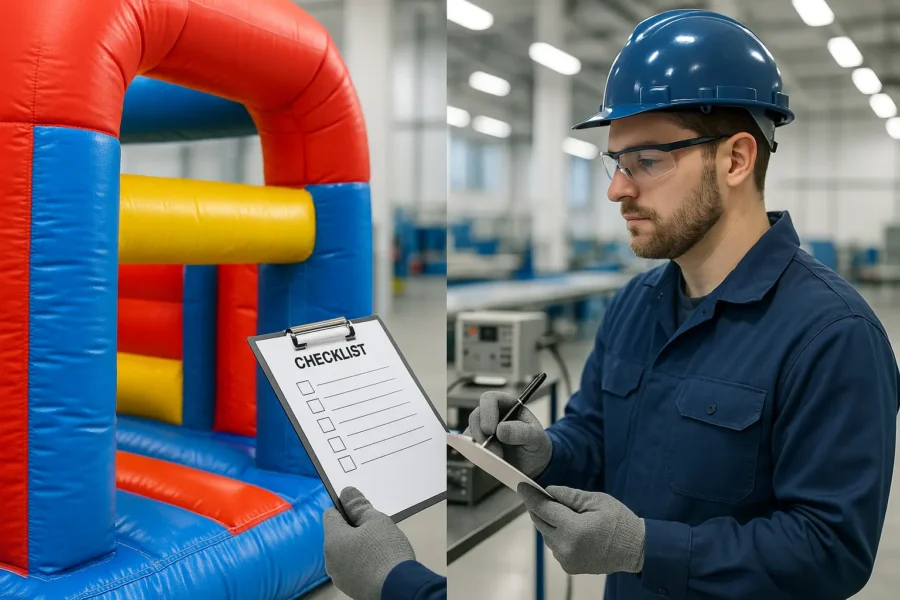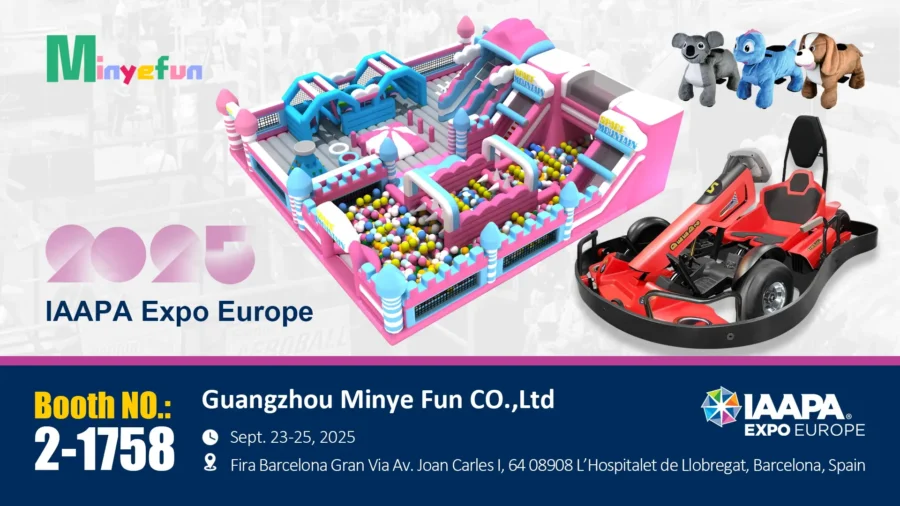Exploring the Thrills: Unraveling the Differences Between Race Karts and Fun Karts
In the world of karting, enthusiasts and adrenaline junkies are presented with a diverse array of options to quench their thirst for speed and excitement. Two prominent categories that often spark debates and ignite passions are race kart and fun karts. While both types share a common platform – a small, open-wheel vehicle – the distinctions between them go beyond their appearances. In this blog post, we’ll delve into the exhilarating universe of karting, dissecting the key differences between race karts and fun karts.
Race Karts: The Pinnacle of Speed and Precision
Race karts, also known as competitive or professional karts, are purpose-built machines designed for high-performance racing on dedicated tracks. These karts are meticulously crafted to meet stringent regulations set by karting governing bodies, ensuring a level playing field for participants. Let’s explore the defining characteristics of race karts:
Engine Power and Performance:
- Race karts are equipped with powerful and highly tuned engines that can propel them to astonishing speeds. These engines are often two-stroke and can generate significant horsepower, providing the acceleration and top speeds necessary for competitive racing.
Chassis Design:
- The chassis of a race kart is engineered for optimal aerodynamics and responsiveness. These karts are lightweight and possess a low center of gravity, allowing for precise handling and quick maneuverability around corners.
Tires and Suspension:
- Race karts feature specialized racing tires designed for maximum grip on the track. Additionally, they may have a more sophisticated suspension system, contributing to improved traction and stability during high-speed turns.
Safety Features:
- Safety is paramount in competitive kart racing. Race karts are equipped with safety features such as roll bars, seat belts, and sometimes even full-face helmets, ensuring the well-being of the driver during intense racing scenarios.
Adjustability and Customization:
- Professional kart racers often have the ability to fine-tune various aspects of their race karts, including the chassis setup, gear ratios, and engine tuning. This level of customization allows for a personalized racing experience and gives drivers a competitive edge.
Fun Karts: A Gateway to Casual Enjoyment
On the flip side, fun karts are designed to provide a more accessible and enjoyable karting experience for enthusiasts of all skill levels. These karts are commonly found in amusement parks, recreational facilities, and rental tracks. Let’s explore the characteristics that set fun karts apart:
Engine Power and Accessibility:
- Fun karts typically feature less powerful engines compared to their race counterparts. This design choice prioritizes user-friendly operation, making them suitable for beginners and recreational drivers.
Chassis Design:
- While fun karts may lack the aerodynamic sophistication of race karts, their chassis design focuses on simplicity and durability. These karts are often sturdier to withstand the rigors of frequent use in rental environments.
Tires and Suspension:
- Fun karts are equipped with tires that strike a balance between grip and durability. The suspension systems are designed to provide a comfortable ride rather than high-performance handling.
Safety Features:
- Safety remains a priority in fun karts, and they are equipped with essential safety features such as seat belts and roll bars. However, the safety measures are typically more basic compared to race karts.
Affordability and Accessibility:
- Fun karts are more cost-effective both in terms of initial purchase and maintenance. This affordability makes them accessible to a broader audience, encouraging people of all ages to experience the thrill of karting.
Conclusion:
In the exhilarating world of karting, the choice between a race kart and a fun kart ultimately depends on one’s preferences, experience level, and the desired level of intensity. Whether you’re a seasoned racer seeking the pinnacle of speed and precision or a casual enthusiast looking for a fun and accessible experience, the karting landscape has something to offer for everyone. Both race karts and fun karts contribute to the rich tapestry of karting, providing diverse avenues for individuals to indulge in the excitement and adrenaline of this thrilling motorsport.



